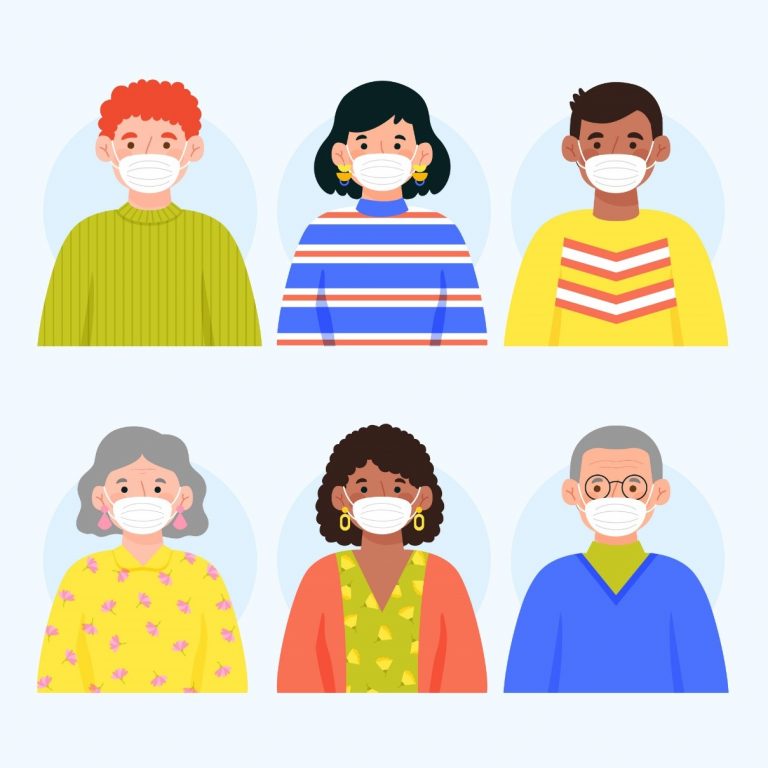Racial Disparities in Health and Healthcare Access
At the intersection of two current topics; the COVID-19 pandemic and the global outcry regarding repeat incidences of racial discrimination and violence in the United States, lies the recent finding that the novel SARS-CoV-2 virus has hit African American and Latino communities harder than others. The pandemic has highlighted racial health disparities, reflected in emerging data showing that, for example, COVID-19 death rates among African Americans appear to be substantially higher than among white or Asian populations. The awareness of this disproportionate burden may create an opportunity to address not only the symptoms, but also the underlying causes of these inequities.

Structural racial inequalities undeniably exist in sectors such as employment, housing, or education. But these disadvantages seep into healthcare, its quality, access to it, and by consequence health status itself. A variety of social and structural determinants of health, racism and discrimination, economic and educational disadvantages, and healthcare access and quality all come together to create a complex map of reasons for health disparities.
As stated by Yancy (2020) “social distancing is a privilege”. Hooper et al. (2020) point out that the most common explanations for the disproportionate burden of disease on African Americans during this pandemic, are twofold. Firstly, racial/ethnic minority populations have a disproportionate burden of comorbidities. Secondly, racial/ethnic minority groups may be unable to carry out distancing measures effectively, due to more crowded housing conditions, and greater likelihood public-facing occupations.
The growing availability and analysis of data on racial disparities in COVID-19 incidence and mortality should serve as a much-needed reminder that public health policies must be carried out in a way that enhances equity and hence health in disadvantaged populations. Although the Unites States may serve as one of the most pertinent examples of how vulnerable populations suffer from health disparities, this is not a problem confined to a single country. Worldwide, the way we think about social security and healthcare needs to be reassessed through the lens of race.
It is important to realise that these disparities exist on every level of health care system: the patient, the provider, and systemically. Public policies may improve health but can also exacerbate disparities. Thus, reform should come in the forms of: understanding the healthcare needs of vulnerable populations; ensuring broad and equal access to healthcare; recognising the importance of diverse representation in medical research; creating widespread awareness; culturally sensitive education; and supporting diverse recruitment (Wheeler & Bryant, 2017).
Only through this kind of awareness and recognition of the existing disparities can we hope to build more equitable systems for the future.
